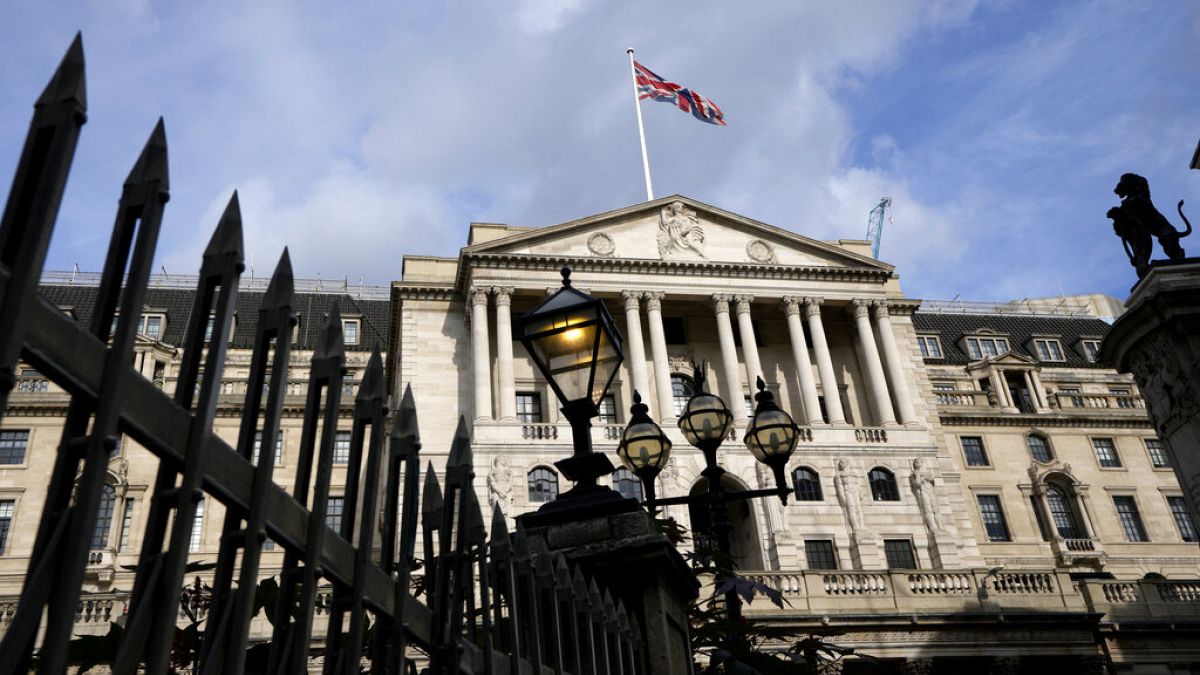Individual savings accounts (ISAs) are some of the best and most efficient ways to save tax before the end of the financial year.
The end of the financial and tax year, 5 April, is upon us which means it's also the deadline for using up your Individual Savings Account (ISA) allowance for this year. An ISA is a way of investing or saving funds without having to pay taxes on the interest, dividends or capital gains received on that amount. The total amount allowed is capped at £20,000 (€23,339.7) for the year.
Currently, basic-rate taxpayers can take £1,000 (€1,1700) in tax-free interest through their Personal Savings Allowance, while higher-rate taxpayers get a limit of £500 and additional rate taxpayers do not have any tax-free interest. Therefore, ISAs are especially useful for people who have higher-value portfolios and who receive more than their Personal Savings Allowance.
As such, using all your ISA allowance every tax year, through a variety of ISA accounts, is one of the best and most tax-efficient ways to save and invest. This is especially true in the current economic climate when both the cost of living and interest rates are still high.
So, using some or all of your ISA allowance before the 5 April deadline can help both savers and investors make the most of the higher interest rates while they last, before the likely rate cuts this summer.
Sarah Coles, head of personal finance at Hargreaves Lansdown said, as reported in the Guardian: "Savers don't need a huge pile of cash before needing to worry about a tax bill. With interest rate cuts on the horizon, you might think this is a short-term worry. However, even if rates fall in the short term, money in a cash ISA is protected from income tax forever - regardless of what happens to rates, savings allowances and tax."
Regarding capital gains and dividend taxes, she said: "By protecting your money in a stocks and shares ISA, you don't have to worry about either tax."
Hargreaves Lansdown said in an email note: "If you’ve decided to invest your ISA or pension allowance, you don't need to choose where to invest straight away. You can secure your allowances with cash now, then decide where to invest when you're ready. As long as you add money by 5 April, it will count towards this year's allowance.
"Investing for longer increases the likelihood of positive returns. Over a period of five years or more, investments usually give you a higher return compared to cash savings. But unlike the security offered by cash, investments can go down as well as up in value, so you could get back less than you put in."
Some other ways you can save tax in the UK before the end of the financial year include making the most of your tax-free pension contributions, as well as using your annual capital gains exemption.
Furthermore, people who own a company could save on tax bills by taking out profits from their companies to pay themselves a dividend, instead of a salary. This is because dividends are often taxed at lower rates than normal income tax.
Similarly, more experienced entrepreneurs can also make sure of the Seed Enterprise Investment Scheme (SEIS), Venture Capital Trusts (VCTs) and Enterprise Investment Scheme (EIS), all of which have tax benefits.
What are the different types of ISAs?
Currently, there are four kinds of ISAs, namely, cash, stocks and shares, innovative finance and lifetime ISAs. Out of these, cash and stocks and shares ISAs are some of the most popular.
In the current tax year (2023-2024), you could only open one ISA of each kind in a tax year. For example, one cash ISA, one stocks and shares ISA and so on. However, from the next tax year onwards, the government is expected to allow people to open multiple ISAs of the same category in the same tax year.
Cash ISAs are typically for people who would like to save a specific amount for a big purchase in the next five years, such as a car, a wedding, a home renovation or similar. They are also suitable for people who would like to build an emergency fund or a nest egg, but are either uncomfortable with investing or unsure about their financial knowledge.
In this way, cash ISAs can be seen as quite similar to a normal savings account, offering very similar interest rates and much of the same benefits, such as easy accessibility, without the risks of investing.
Moreover, much like a normal savings account, some cash ISAs also offer a fixed rate of interest, for a particular term, such as one, two or three years.
On the other hand, both stocks and shares ISAs and innovative finance ISAs are more suited for people who want to invest for the long term.
Stocks and shares ISAs are good options for people who want to invest in a traditional way, and also want a wide range of products to do so. With a variety of providers to choose from, stocks and shares ISAs offer the chance to invest in unit trusts, exchange-traded funds (ETFs), corporate and government bonds, investment trusts, individual stocks and open ended investment companies (OEICs), amongst others.
Innovative finance ISAs allow clients to invest in relatively new kinds of investments, such as peer-to-peer lending and crowdfunding. As such, although it pays higher interest rates, it is also considered a riskier type of investment.
The Financial Conduct Authority (FCA) said: "Investments held in innovative finance ISAs (IFISA) are generally high-risk, with the money ultimately being invested in products like mini-bonds or peer-to-peer investments.
"These types of investments may not be protected by the Financial Service Compensation Scheme, so customers may lose the money invested or find it hard to get back.
"Anyone considering investing in an IFISA should carefully consider where their money is being invested before purchasing an IFISA."
Lifetime ISAs are primarily there to help people save for their first homes, with the government offering a bonus of 25% on the amount saved in a year. Lifetime ISAs have an upper limit of £4,000 (€4,665) a year, with people being able to save until they are 50 years old. However, the first payment into a lifetime ISA account needs to be made before the person reaches the age of 40.
Although ISAs have a number of advantages, such as their tax benefits and easy accessibility, as well as the opportunity to grow your wealth, they also come with some disadvantages. One of these is the fact that only the interest, capital gains or dividend payments are tax-free and not the ISA contributions themselves. ISAs may also have fewer advantages for people with higher-valued portfolios, who may want to add more than £20,000 to their respective ISAs.
This info does not constitute financial advice, always do your own research on top to ensure it's right for your specific circumstances. Also remember, we are a journalistic website and aim to provide the best guides, tips and advice from experts. If you rely on the information on this page then you do so entirely at your own risk.















